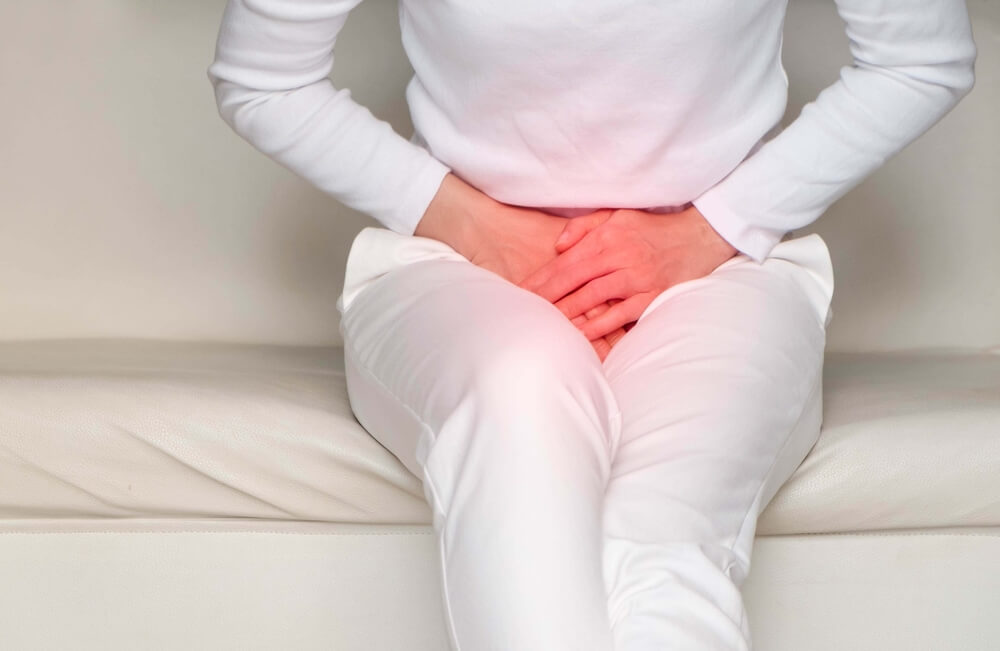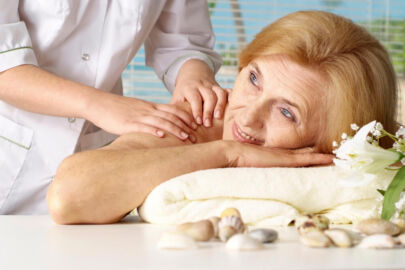
Urinary incontinence it is an inability to control urination or to retain urine.
Kidneys during the day, they create urine, which, through the urinary canals, reaches the bladder. When it is filled, the brain receives information about it, and signals are sent from the brain structures that it is time to discharge. An important role is played by the muscles located next to the initial part of the urethra (sphincters). They relax so that there is a stream of urine. Which means that for the smooth performance of urination, a preserved function of the bladder and sphincter is necessary.

However, if due to certain causes the muscles weaken, there is a loss of voluntary control of urination, and any sudden pressure on the bladder leads to the inability to retain urine.
Although rarely discussed, urinary incontinence is a common problem. It occurs in both sexes, with it being 8 to 10 times more common in women. It is estimated that about 50% of women suffer from it, while in men it is registered in 30% of cases.
Types of urinary incontinence
The most common form is stress urinary incontinence. It is the swelling of the urine due to pressure on the bladder. It usually occurs when coughing, sneezing, laughing, exercising, or lifting a heavy load. This type of incontinence is most often due to childbirth and menopause, while in men it occurs after prostate surgery. Although it can also be caused by certain medications, obesity and constipation.
Emergency or urinary incontinence is a sudden, intense and insatiable urge to empty the bladder. The muscles give a warning that there is a need to urinate, but it lasts a few seconds and it is almost impossible to reach the toilet. This type of incontinence occurs in the elderly. In addition to the natural process of aging, urinary tract infections, uterine prolapse, estrogen deficiency, bladder stones, stroke are among the causes. Certain diseases, such as Parkinson's disease, depression and multiple sclerosis, can also lead to problems.
Functional urinary incontinence it is caused by cognitive or physical impairment. The main causes are dementia and degeneration diseases, especially the more severe form of rheumatoid arthritis.
Mixed urinary incontinence it is a combination of several types of incontinence.
Life with urinary incontinence
Urinary incontinence affects the quality of life. Unfortunately, for many people with this problem, there is a sense of shame, and urinary infections and dermatitis due to constantly moist skin are frequent companions of involuntary swelling of the urine.
Temporary, i.e. transient incontinence it is treated by eliminating the cause, while in permanent it is necessary to change the daily routine.
Controlled fluid input, avoiding excessive consumption of coffee, cigarettes and alcohol, maintaining a normal body weight and strengthening the pelvic floor musculature with special exercises form the basis for reducing involuntary swelling of the urine. In some situations, estrogen creams and medicamentous therapy (anticholinergics) are used, while urinary catheterization is recommended for Immobile persons. It is a routine medical procedure by which a catheter is inserted through the urethra into the bladder in order to eliminate urine.

Given that care of Immobile persons with urinary incontinence including catheter maintenance, the use of Home Care Services is the best solution. Medical staff and caregivers have experience in cleaning, keeping them passable and preventing all possible complications, including: decubitis which is a common problem in immobile patients.
The professional team of the Center for the care of the elderly and sick, MinuteNurse Home health & care is at your disposal 24 hours a day, 365 days a year not only for help in the home, but also for providing every form of therapy. Contact us and see for yourself. the benefits of personal home care which we offer.


